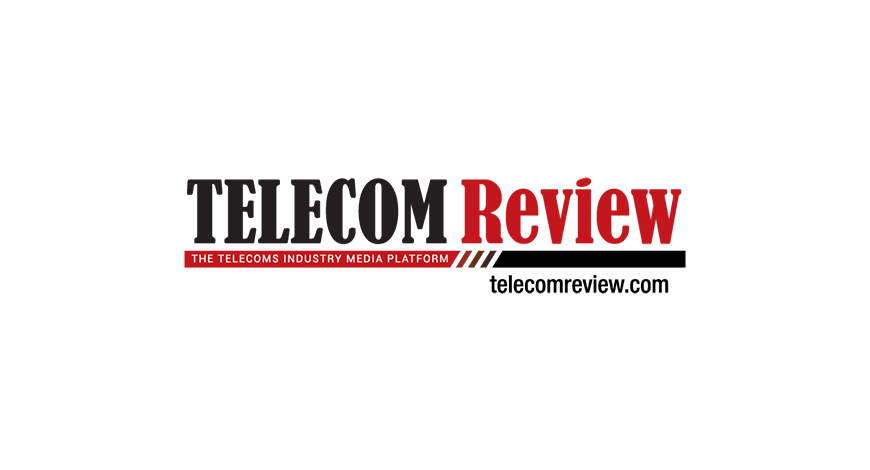Performance Indicators
Year-end review – Telecom

- Six-fold increase in government spending on telecommunications infrastructure and services in the country, from Rs 9,900 crores between 2009-14, to Rs 60,000 crores (actual + planned) between 2014-19.
Tariff reductions benefiting consumers across the country:
- Average voice tariff declined by 67 percent, from an average per minute tariff of 51 paise in June 2014 to 11 paise in June 2018;
- Average data tariff declined by 96 percent from Rs 269 per GB in 2014, to Rs 12 per GB in June 2018;
- Restoring the trust between government and citizens through a smooth and transparent auction of spectrum in 2015 and 2016, more than 1382 MHz sold, realizing an upfront payment of approximately Rs 65,000 crore;
- Telecom service providers now have sufficient spectrum available to offer their services; the regime of spectrum shortage is a thing of the past;
- Under the BharatNet project, which is expected to trigger the era of broadband in rural India, nearly 50 percent of the total 2.5 lakh gram panchayats (GPs) in the country have been connected through high-speed OFC network by October 2018, as compared to 59 GPs in June 2014; plan to complete the remaining GPs by March 2019;
- Network for Spectrum (NFS) project for defence approved in July 2012; no cable laid until May 2014; 51,000 km of Optical Fiber Cable (OFC) laid in the last 4 years;
- Under BharatNet and NFS projects, OFC laid at a peak rate of 800 km per day, with an average of more than 200 km per day, a record of sorts;
- As a result of its’ role in the BharatNet project, ITI Ltd. was able to report a net profit of Rs 102 crore (without grants) for the year 2017-18; and
- Proactive engagement, planning, and investment to leverage new technologies for the welfare of citizens, High-Level Forum (HLF) for 5G India set up which submitted its report in August 2018; 5G test beds established through Industry-Academia partnership and government support; 5G field trials to be conducted over the next 12 months.
Facts & figures
- Increase in overall tele density in the country, from 75 percent in June 2014 to 93 percent in March 2018, adding 305 million new subscribers;
- Mobile Internet subscriptions more than doubled, from 233 million in March 2014 to 491 million in June 2018;
- Over 107 percent increase in internet coverage, from 251 million users in June 2014 to 512 million in June 2018;
- Number of mobile BTS more than doubled, from 7.9 lakh in May 2014 to more than 20 lakh in May 2018;
- Country-wide OFC coverage doubled, from 7 lakh km in May 2014 to 14 lakh km in May 2018;
- Average mobile data usage per subscriber grew 51 times from 62 MB per month to 3.2 GB per month;
- Cheapest data tariff globally, from Rs 300 per GB in 2014 to Rs 12 per GB in June 2018, tariff reduction of 96 percent;
- Highest mobile data consumption globally at 3.4 billion GB per month;
- Seven times growth in broadband access from 61 million subscribers in March 2014, to 447 million subscribers in June 2018;
- Digital payment transactions through mobile grew four times from 168 million in November 2016 to 600 million now;
- Five times jump in FDI inflows in telecom sector, from USD 1.3 billion in 2015-16 to USD 6.2 billion in 2017-18
- Connecting the Unconnected areas in the country:
- Left-Wing Extremism Affected Areas – 2335 mobile towers installed in Phase I, at a total outlay of Rs 4,781 crore; 4072 towers approved for installation in Phase II, with a total outlay of Rs 7,330 crore;
- Biggest ever telecom spend in the North-East region –ongoing projects with a total outlay of more than Rs 10,800 crore, connecting border areas, highways, and unconnected villages;
- Submarine cable connectivity to Andaman and Nicobar Islands, in addition to strengthening connectivity within the islands and in Lakshadweep, at an outlay of Rs 2,250 crore; and
- Extensive expansion of the Wi-Fi eco-system in rural areas, with an outlay of Rs 10,000 crore; 25,000 hot-spots by BSNL in rural exchanges, 7,000 hot-spots (e-Choupals) by Common Service Centres (CSCs); additional 1 million hotspots planned by March 2019.
Outlook
- Key reforms to facilitate the operation of a robust, competitive, and sustainable telecom sector:
- Spectrum sharing and trading allowed, to boost competition;
- Spectrum harmonization resulting in freeing up spectrum for auction;
- Sharing of passive (e.g., fiber, towers) and active (e.g., BTS) infrastructure;
- Deferred payment liabilities, to reduce financial stress in the sector;
- Easing of RoW rules and charges, ease of doing business;
- Full mobile number portability;
- VNO license introduced for effective infrastructure utilization;
- Input credit for VNO licensees allowed to ease the tax burden; and
- The National Digital Communications Policy 2018.
Ministry of Communications and Information Technology















You must be logged in to post a comment Login